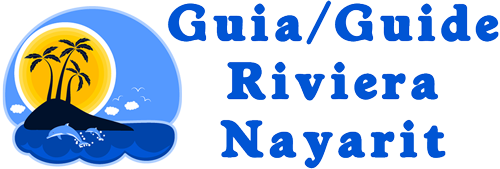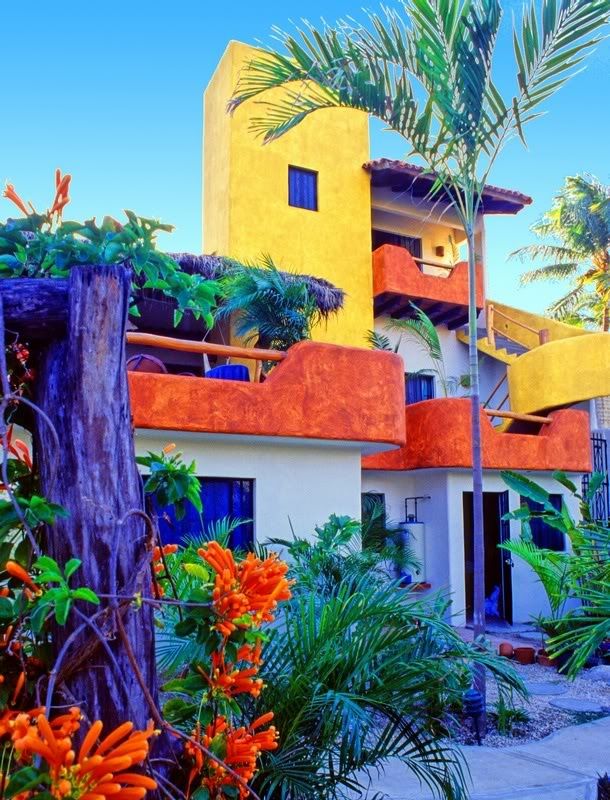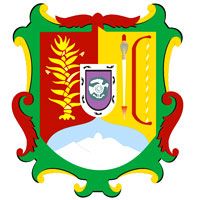Good agents tend to work for well-run organizations. When walking into the office for the first time, take a look around. Does it look professionally managed? Are key personnel bilingual? Are listings photographed, detailed and organized so you can spend time reviewing available properties and evaluating how much your money will buy? Talk with several agents to find one you feel is knowledgeable, experienced, available, compatible, and upfront.
Professional, reliable agents provide service before, during, and after a sale. If a problem or error arise, your agent should work hard to correct it. After your initial meeting, ask around about the reputations of various agencies and agents, but be aware that while gathering information, it is very likely you will also gather misinformation. One person can easily contradict another; this is human nature and common in a small communities.
Being a Good Client/Firing an Agent
Agent- and agency-hopping is an ethical no-no, but after viewing several properties reevaluate your agent. If you feel that the agent is not listening to you, tell him or her; they will appreciate you restating your requirements. Often clients are confused about what they want, or unrealistic about what their money can buy. Be clear about what you want. Buying a house is an emotional process, so be prepared to experience some unusual feelings and reactions and understand that an agent has the dual job of steering you through the process of buying property in another country and your own learning curve.
If you are unable to work with your agent, graciously fire that agent and find another. You might use a simple, “Thank you for your time and efforts. We feel we wish to expand our search and thought we might consult with another agency. If we feel you can be of further service, we will get back to you.” Remember, the agent you are releasing is a member of the community in which you will live and diplomacy will save some feelings down the line.
How to be a good Client
If your first visit to the area is an exploratory excursion, tell your agent. He or she will guide you as you gather preliminary information. If you are not in a position to buy at the time, limit the time you spend with the agent as he or she has other clients to serve. If you have funds available to buy property, the agent will intensify the search for a suitable property and guide you through the process. Be clear about how much you can spend and when you plan to resettle. Remember agents often work for months without reimbursement for their out of pocket expenses.
The Nitty Gritty
At this time, prices for houses on the Northshore run anywhere from $22,000 US to 1.35 million US. The average home with the amenities sought by North American buyers are in the $100,000 US range. Location, as everywhere, is one of the most determining factors for setting the price. The further out from services you go, the lower prices will be. View, construction type, size and amenities determine the rest.
Clients can choose from gated communities which offer security (a plus for residents who spend 6 months in Mexico and 6 months elsewhere), large country estates, and village living. Village homes are connected to one another by common exterior, and, occasionally, interior walls and allow residents to live within walking distance of most services and activities.
Do not let any agent sell you ejido land.
No matter what future promises anyone may make, you will not get a legal title. This is land set aside by the government for the indigenous people of Mexico and cannot be sold to foreigners. Also, there are a few places on the Northshore known for their instability due to soft soil or geothermal faults, and some places have water supply problems. Informed, wise agents will steer you away from these trouble spots.
The Buying Process
Purchasing a home or lot on the Northshore is primarily a cash transaction, but occasionally short-term owner financing is available. When you make an offer to the seller you must present a check for 10% of the value of the house. A photocopy is made of this “earnest money” and the check itself is placed in the agency safe. Once negotiations are completed under the supervision of the respective buying and selling real estate agents, and both parties have signed a purchase agreement, the check is deposited into the escrow account of the selling agency. The check is later applied to the balance of the purchase price at the notary public’s office.
(Note: The actual sale price of a property is not a matter of public record in Mexico, nor is it registered with the government. It is unethical for an agent to tell you the sale price of a property. He or she can tell you what the property was listed for, but not what was paid.)
The Closing
Closings take place in the office of a Notario Publico, or notary public. These are lawyers of very high standing who, after 5 years of legal practice, apply to the government for notario status and must undergo strict scrutiny to be awarded the title. With it comes many responsibilities and important legal functions. One of these is to preside over and ensure the legality of property transfer. The notary authenticates the seller’s right to sell the property, scrutinizes the history of the property for any irregularities, and makes sure the deed is clear and free of liens through appropriate government offices.
Since the buyer pays for the closing costs and notary’s fees, it is his or her privilege to select the notary. The notary can advise the buyer which type of deed meets his needs: direct deed or bank trust deed. The notary will file with the Mexican government the application for the transfer of the deed from seller to buyer. His official signature on all documents finalizes the purchase and makes it a legal transaction under Mexican law. From purchasing to closing the norm is 30 to 60 days, but motivated parties can complete the process within 15 days.
Differences in Home Construction
There is no slab-frame construction in this part of Mexico. A home here is usually of concrete, glass, stone, brick, iron and rebar construction. Wood is expensive and used little except for design affect. Each wall is load-bearing and has its own foundation. Many houses have exterior walls and decorative metal work to ensure privacy and security.
There are "aljibes" (cisterns) for water storage and in some of the newer homes, water purification and pressure systems are built-in. You will also find tanks for storing propane used for cooking and heating water as there is no infrastructure to supply natural gas. You will notice a lack of central heating and air conditioning, as it’s not essential. A fireplace on a cool evening or morning is charming and does the trick.
There are no building codes so a good agent will provide you with information about levels of construction quality and what might be buried within the walls.
Developers
The north shore of Lake Chapala has recently seen a rise in new, speculative construction meant to appeal to buyers from the North. Much of this work is being done by young, Mexican architects from monied Guadalajara families with varying degrees of experience and dependability. There are also projects being developed by American, Canadian and European companies.
Remodeling
Many buyers purchase a home with the intent of upgrading and remodeling the existing structure. Craftsmen, laborers, architects and artisans abound in the area. If you are in the market for such services, perhaps your agent can help direct you to a general contractor who has a good reputation. Be sure to get a signed, witnessed contract stipulating prices and the quality of work and materials to be used.
If language is a problem, get a translator to help you. Several translators are listed in the Lake Chapala Society directory, a members-only book that can be loaned to you by your agent.
If, during the remodeling, you feel you have been financially abused, the government has an agency with an office in Chapala called PROFECO which helps consumers receive satisfaction.
The pace of work is probably not what you are used to, but in Mexico, patience is required as distribution of materials, cultural standards, and community -- and family-based events interrupt building schedules.
About the authors:
Tony Harries is a real estate agent who has been working in the Lake Chapala area since June 1997. He is an award-winning school teacher from Texas who retired after 31 years of service. Proficient in Spanish, he has developed a deep appreciation of Mexico following several decades of travel in Mexico before his retirement. He has helped clients from all over the world buy property in the area and this year became a top producing agent for one of the area’s leading agencies. His email is
Teresa Kendrick is the author of the “Mexico’s lake Chapala and Ajijic: The Insiders Guide to the Northshore for International Travelers” Highly detailed and up-to-date, the 208 page book boasts 143 color photographs, a well-organized table of contents and index, and information about nearly everything available on the Northshore of Lake Chapala for travelers and newcomers. The book is available with a full-color map of the Northshore by ordering from her website: http://www.chapalaguide.com













































